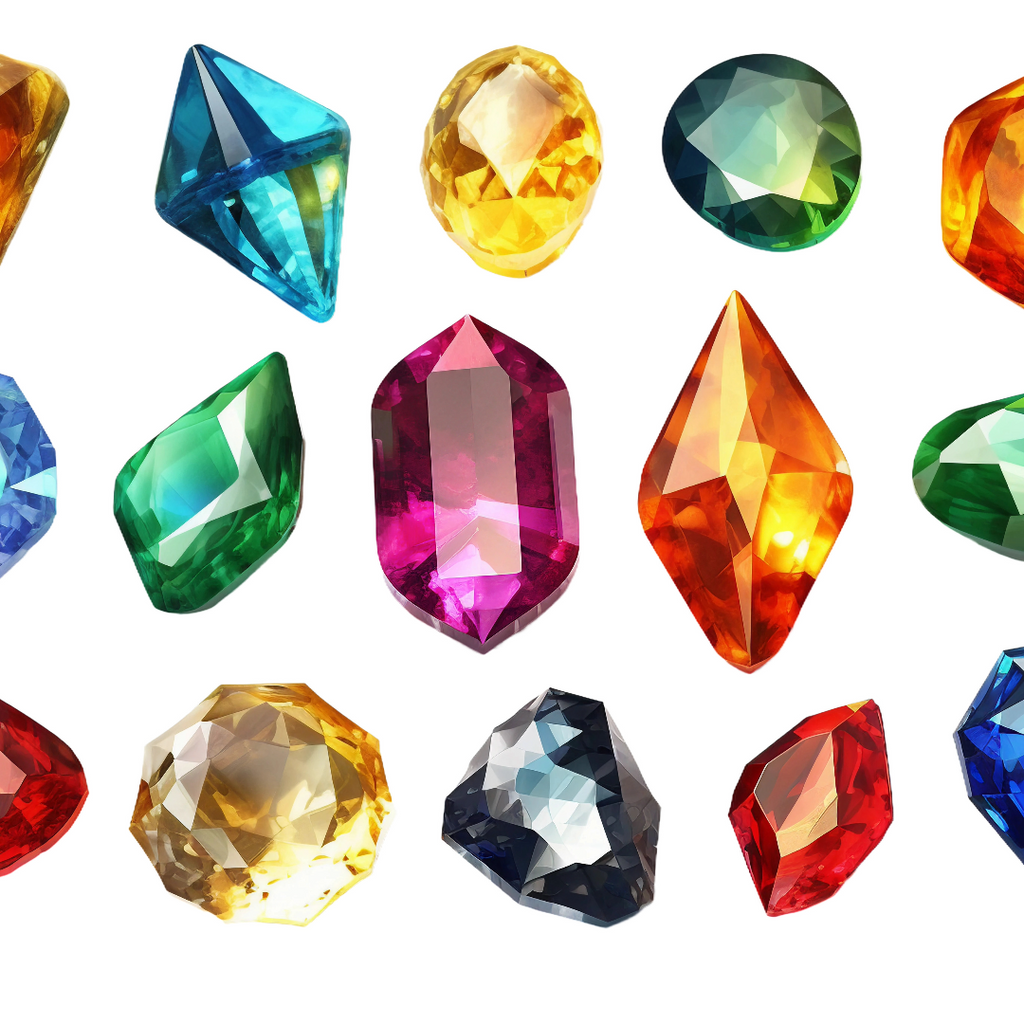Jewelry appraisals provide an accurate picture of the worth of jewelry. Whether it’s an antique brooch you acquired at an estate sale or a custom-designed sapphire necklace, working with an appraiser helps you protect your investment.
The option exists to have your jewelry appraised digitally or in-person. While it may be tempting to go the digital route, some serious drawbacks to that method exist and merit consideration before deciding.
In this blog, we explore both digital and in-person jewelry appraisals, offering the pros and cons for each to help you choose.

What is a digital appraisal?
A digital jewelry appraisal is the process by which a piece of jewelry’s value, authenticity, and characteristics are assessed and documented using digital technology.
Unlike a traditional appraisal, digital jewelry appraisals can be conducted without the need for an in-person physical examination of the jewelry piece.
Here’s how it works:
- Online submission. You start by providing information about your jewelry through an online platform or application. Details such as the type of jewelry, the metal type, gemstones, and any certificates or documentation you have about the piece are solicited. You’ll be asked to provide images of the piece from all angles.
- Digital assessment. Appraisers or specialized software use the information to determine market value. Some digital appraisal tools incorporate artificial intelligence and algorithms to assist.
- Valuation report. Once the assessment is complete, you’ll receive a digital appraisal report.
Pros of a digital appraisal
Some people choose digital appraisals over the traditional in-person method because they find it more convenient. If you’re in a hurry to get an estimated value, the speediness of a digital assessment saves you time and effort.
Some of the other benefits of choosing a digital assessment include:
- Digital jewelry appraisals are available to a variety of customers, regardless of their geographical location.
- Cost-effective. Online appraisals are typically cheaper than in-person jewelry appraisals since they aren’t as in-depth.
Cons of a digital appraisal
Digital jewelry appraisals come with some limitations as well. One of the most detrimental is the limited physical examination of the piece. Digital appraisals can’t physically inspect the jewelry, so they rely on photos and other information provided by the jewelry’s owner.
Some other disadvantages include:
- Lack of expertise. Many of these digital appraisal services rely on AI or other computerized software to analyze photos and other data. The lack of human expertise can result in an overvalued or undervalued jewelry piece.
- Digital appraisals are not appropriate for all types of jewelry, including antique or vintage pieces.
- Verifying the authenticity of gems, metals, and other intricate details is impossible from images alone, which can mean your assessment is inaccurate.
- Privacy and security. Users may have concerns about the privacy and security of their personal and jewelry-related data they must share when seeking a digital appraisal.
It’s important to note that some insurance companies do not allow digital jewelry appraisals for insurance purposes. You must check with the insurance company to determine if they require an in-person appraisal before proceeding.

What is an in-person appraisal?
An in-person jewelry appraisal is a process in which a trained and qualified gemologist or appraiser physically examines a piece of jewelry to assess its value, authenticity, quality, and other important characteristics.
To get the process started, you must first request an appointment with the jewelry appraiser of your choosing. Appraisers can be independent experts or affiliated with jewelry stores or appraisal organizations.
You provide the piece of jewelry, plus any documentation you have about its history, to the appraiser. They then follow a meticulous methodology to determine the authenticity of gemstones and metals, plus other characteristics that determine accurate market value.
Pros of an in-person appraisal
The biggest advantage of an in-person appraisal is the thoroughness of the examination by a qualified jewelry appraiser. Their in-depth knowledge of jewelry and gemstones helps provide an accurate assessment.
Other benefits include the expertise of a human assessor trained with extensive knowledge and all the required tools for providing an accurate estimation of your jewelry’s worth.
Cons of an in-person appraisal
One of the biggest disadvantages to in-person jewelry appraisals is the time needed to complete them. You must schedule an appointment, travel to the location, and then wait for the appraiser to complete their examination and valuation.
In-person appraisals also tend to be more expensive since they require the expertise of a gemologist or other jewelry appraisal expert.
Lastly, access to qualified appraisers may be limited in certain geographical areas.
Deciding between digital and in-person jewelry appraisals
Deciding between a digital and in-person jewelry appraisal depends on several factors. Your specific needs, the characteristics of your jewelry, your budget, and the requirements of your insurance company all play a role in which method you choose.
John Thomas Jewelers recommends in-person jewelry appraisals when possible. Higher-value items that require the protection of insurance must be authenticated before coverage is granted. That’s just one reason to seek out the expertise of a qualified jewelry appraiser for a thorough examination.
If you have questions about the two processes, we’re always here to answer them. Give us a call or stop by our showroom to speak with our gemologist to learn more or to schedule an appraisal.













